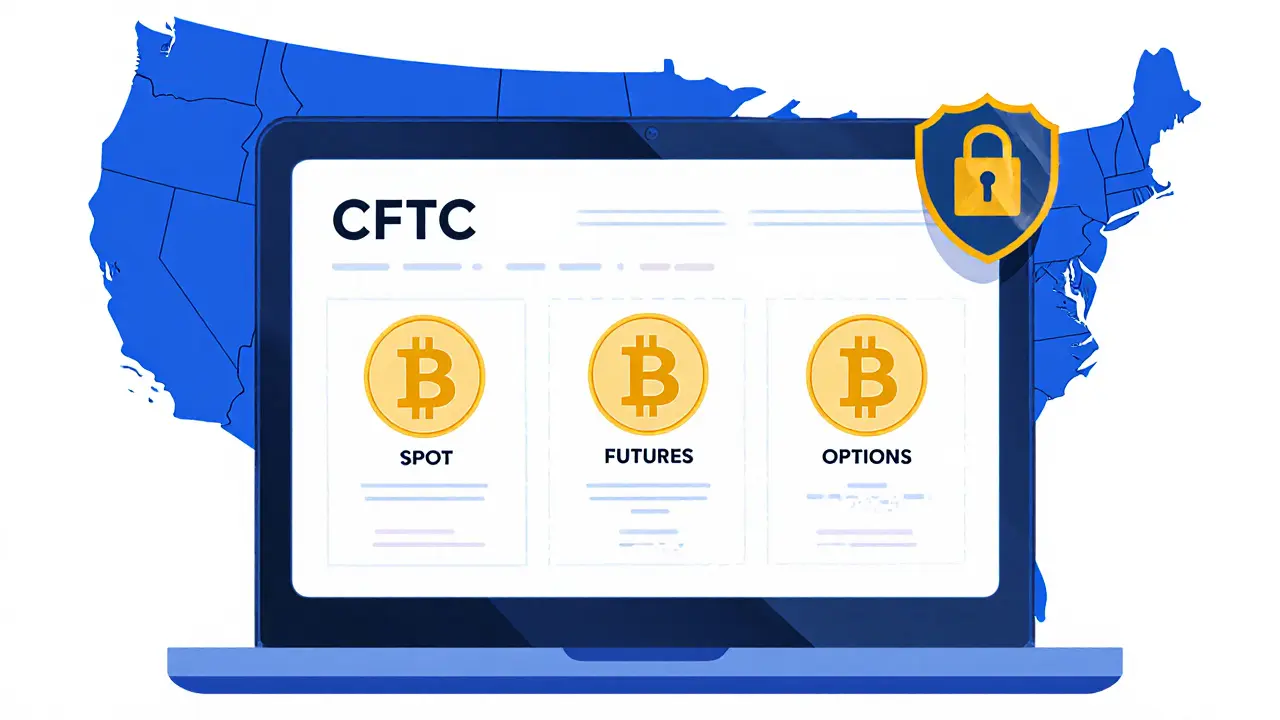Bitcoin Derivatives: A Practical Guide
When working with Bitcoin derivatives, financial contracts whose value is tied to Bitcoin's price. Also known as crypto derivatives, they let traders speculate, hedge risk, or gain exposure without owning the actual coin.
One major class is Bitcoin futures, standardized contracts that settle at a future date based on Bitcoin’s market price. Bitcoin options, contracts giving the right, but not the obligation, to buy or sell Bitcoin at a preset price, add another layer of strategic flexibility. Then there are perpetual swaps, contracts that never expire and mimic spot price movements through funding rates. Together, these instruments form the backbone of today’s leveraged crypto market.
Why They Matter
Trading any of these contracts requires a solid grasp of leverage, margin requirements, and the impact of funding fees. Regulatory frameworks shape where and how these products can be offered – for instance, CME‑listed Bitcoin futures follow strict compliance rules, while DeFi‑based perpetual swaps operate in a more open but riskier environment. Understanding market cycles is crucial; tools like the MVRV ratio help spot when Bitcoin’s price may be over‑ or undervalued, influencing derivative pricing and risk management.
Beyond pure speculation, Bitcoin derivatives support institutional hedging, enable price discovery for emerging markets, and provide retail traders with lower capital barriers. As adoption spreads across regions—from India’s booming crypto market to Southeast Asia’s growing exchange ecosystem—the demand for reliable derivative products keeps rising. Below you’ll find articles that dive into adoption trends, regulatory impacts, and technical guides that together give a full picture of the Bitcoin derivatives landscape.

